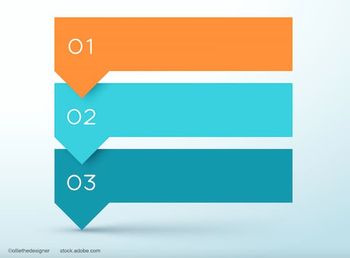
Olopatadine 0.2% safe, effective, well tolerated in study
Olopatadine HCl 0.2% ophthalmic solution (Pataday, Alcon Laboratories) is safe, effective, and well-tolerated when applied once daily to treat the ocular signs and symptoms of allergic conjunctivitis or rhinoconjunctivitis. In addition, the activity of olopatadine 0.2% was found to be superior to that of epinastine HCl 0.05% (Elestat, Inspire Pharmaceuticals and Allergan) in alleviating ocular itching and redness induced by conjunctival allergen challenge.
Key Points
The 0.2% solution, which is indicated to treat ocular itching associated with allergic conjunctivitis, contains the same active ingredient, olopatadine, as another solution (Patanol, Alcon Laboratories).
The difference is the concentration of olopatadine; the latter product contains a 0.1% concentration.
Compared with placebo
Olopatadine 0.2% also has been investigated in environmental trials. A total of 260 patients (137 women, 123 men) with allergies were evaluated in a double-masked, randomized, vehicle-controlled parallel group, and multi-center study, in which they received one drop of either the drug or the vehicle in each eye for 10 weeks. All patients were aged more than 10 years.
The frequency and degree of ocular itching and conjunctival redness was assessed by subjects on a scale of 0 to 5, with 0 indicating no ocular itching and conjunctival redness and 5 indicating continuous ocular itching, Dr. Abelson explained.
Olopatadine also was evaluated for both itching and redness across all levels of pollen. This analysis was based on the frequency of ocular itching and redness as evaluated by the subjects using the same 0-to-5 scale described previously. Grass pollen levels were defined as follows: low: 0 to 5 g/m3 of air; medium: 5 to 20 g/m3 of air; and high, greater than 20 g/m3 of air.
The results indicated that the difference between olopatadine solution and placebo for conjunctival redness frequency was statistically significant at all time points (p < 0.05). The difference between olopatadine solution and placebo for ocular itching and conjunctival redness frequency was statistically significant at all time points (p < 0.05). The investigators reported their findings in Clinical Therapeutics (2004; 26:1237-1248). No serious adverse events were reported by patients during the course of the study.
"In the patients enrolled in the trial, olopatadine 0.2% appeared to be effective and well-tolerated when administered once daily for the treatment of the ocular signs and symptoms of allergic conjunctivitis or rhinoconjunctivitis," Dr. Abelson concluded.
Compared with epinastine
In a 7-week, double-masked, randomized, placebo-controlled CAC study, Dr. Abelson noted, Francis Mah, MD, and colleagues compared the efficacy and comfort of olopatadine 0.2% with those of epinastine 0.05%.
Newsletter
Don’t miss out—get Ophthalmology Times updates on the latest clinical advancements and expert interviews, straight to your inbox.














































.png)


